We may earn money or products from the companies mentioned in this post. This means if you click on the link and purchase the item, I will receive a small commission at no extra cost to you … you’re just helping re-supply our family’s travel fund.
You step into shade and the temperature drops. Cliff dwellings hold architecture, foodways, and memory inside stone that still smells of smoke after rain. Go slow, ask questions, and follow local guidance, especially on tribal lands where living traditions shape access. Spring and fall bring clear light and kinder heat. Start early, carry water, and treat each wall as a library of hands. These places show how people made home in vertical country and why the view still matters.
1. Cliff Palace, Mesa Verde, Colorado

High on a sandstone alcove, Cliff Palace gathers more than 150 rooms and kivas in a honeycomb of light and shadow. Ranger tours lead you up ladders and through low doorways where soot and finger impressions feel close to hand. Swallows skim the canyon while tool marks glow in early sun. Reserve ahead, wear grippy shoes, and listen for descendant voices in the story. Built by Ancestral Puebloans, the complex reads like a careful archive carved into stone.
2. Betatakin, Navajo National Monument, Arizona
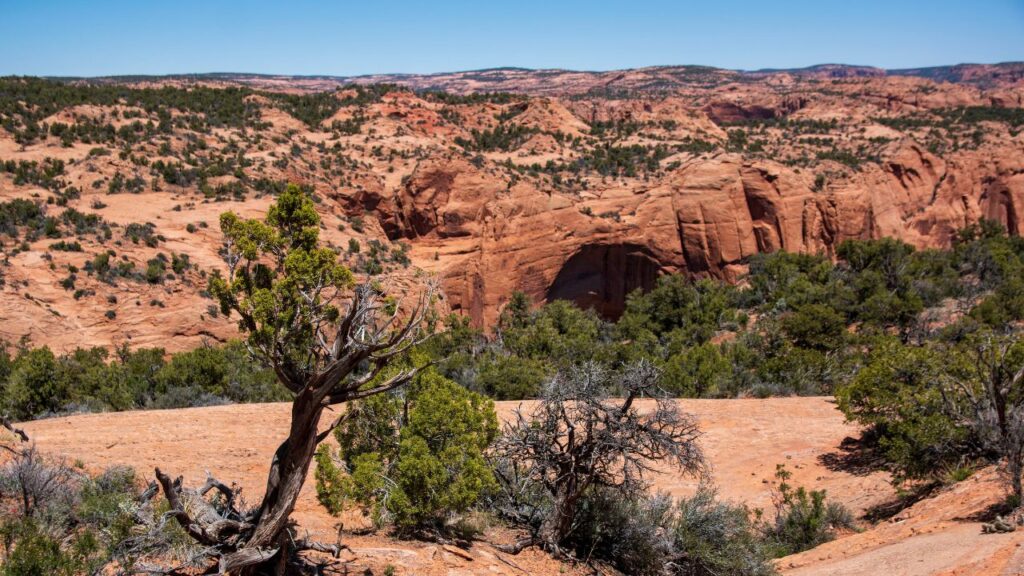
Betatakin shelters multistory rooms tucked deep in a south-facing alcove, a hillside village paused mid stride. You crest a rim, drop through juniper and slickrock, and the scale fills your field of view in a single breath. Guided hikes run seasonally, and the descent and return test your legs. Pace yourself, carry water, and let rangers connect the site to Diné stories and Ancestral Puebloan lifeways. Quiet comes easy here, and it sharpens what you notice.
3. Keet Seel, Navajo National Monument, Arizona
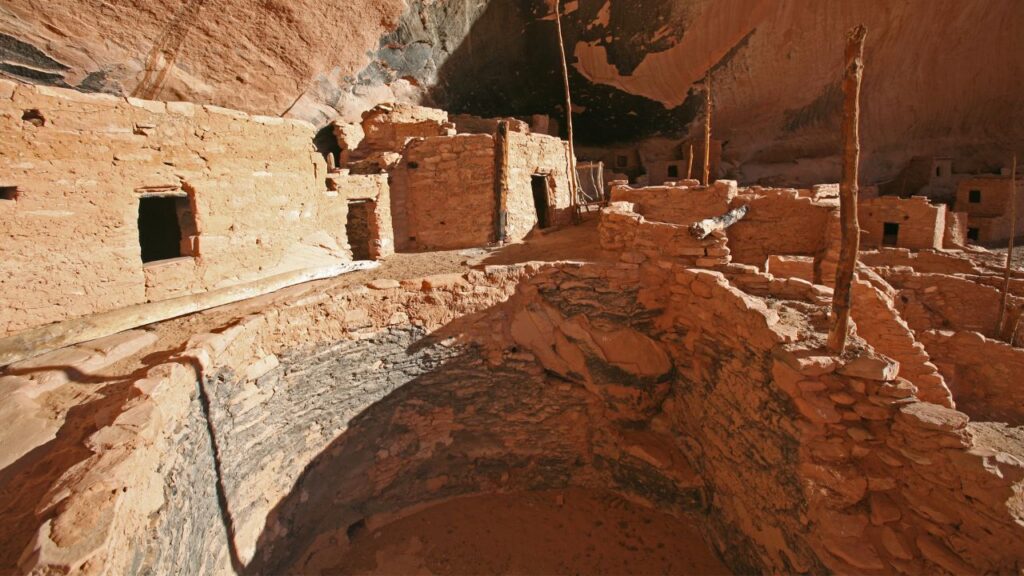
Keet Seel sits far up a canyon, reached by a long day on foot with cool stream crossings and soft sand under your boots. Arriving feels like opening a door to the 1200s: standing walls, intact doorways, kivas sheltered under a sweeping rim. Permits are limited and access is ranger led, which preserves the calm and the details from corn cobs to beam ends. Start at first light, respect pack out rules, and let the long walk set a thoughtful pace.
4. White House Ruin, Canyon de Chelly, Arizona
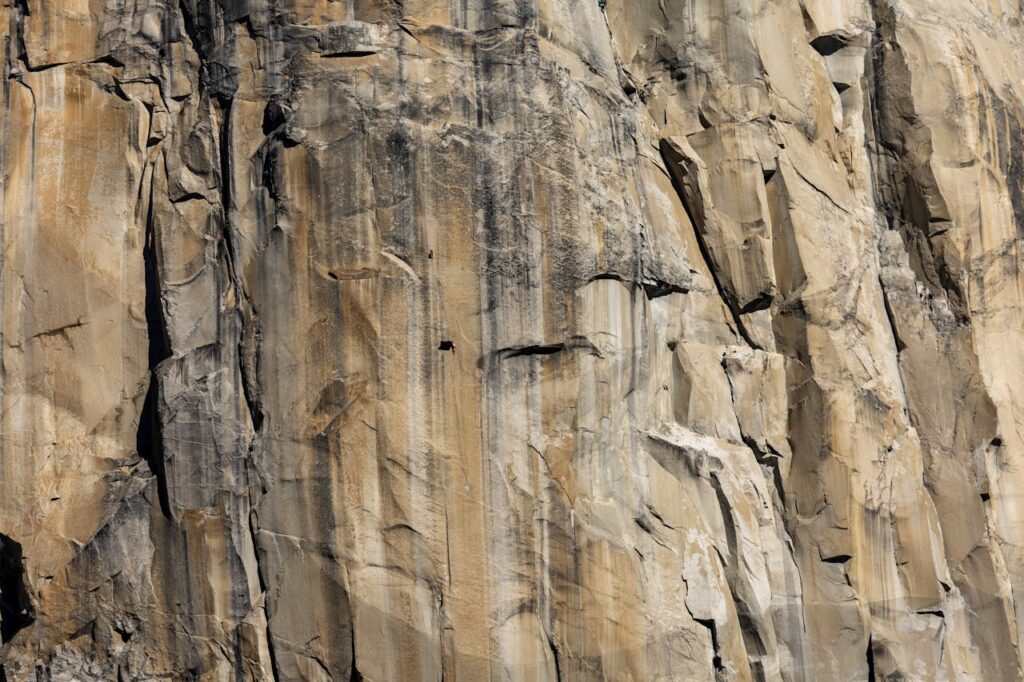
Sandstone walls rise like sails, and the White House sits high in an alcove with fields and cottonwoods below. Go with a Navajo guide who frames the place within living tradition and land stewardship. The canyon route threads past petroglyphs and sheep trails to a viewpoint where white plastered rooms glow against orange rock. Bring sun protection, ask before photographing people, and leave time to hear wind echo off stone. The scale humbles without a word.
5. Montezuma Castle, Camp Verde, Arizona
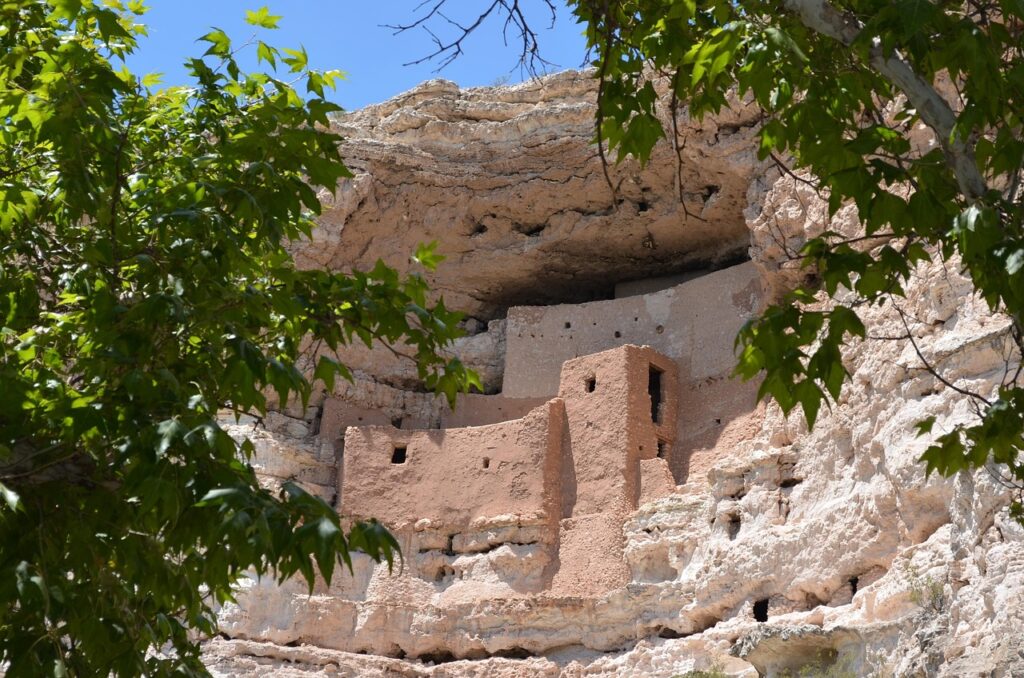
Five stories of Sinagua masonry climb a limestone cliff above Beaver Creek, a compact apartment house lifted safely from floods. A level path follows sycamores to viewpoints where windows, storage cists, and smoke blackened ceilings come into focus. You learn how ladders linked households and how food stayed safe on the ledges. Arrive early for birdsong and soft light, pair with Tuzigoot’s hilltop pueblo, and picture seasonal rounds tuned to water, heat, and ripening mesquite.
6. Gila Cliff Dwellings, New Mexico
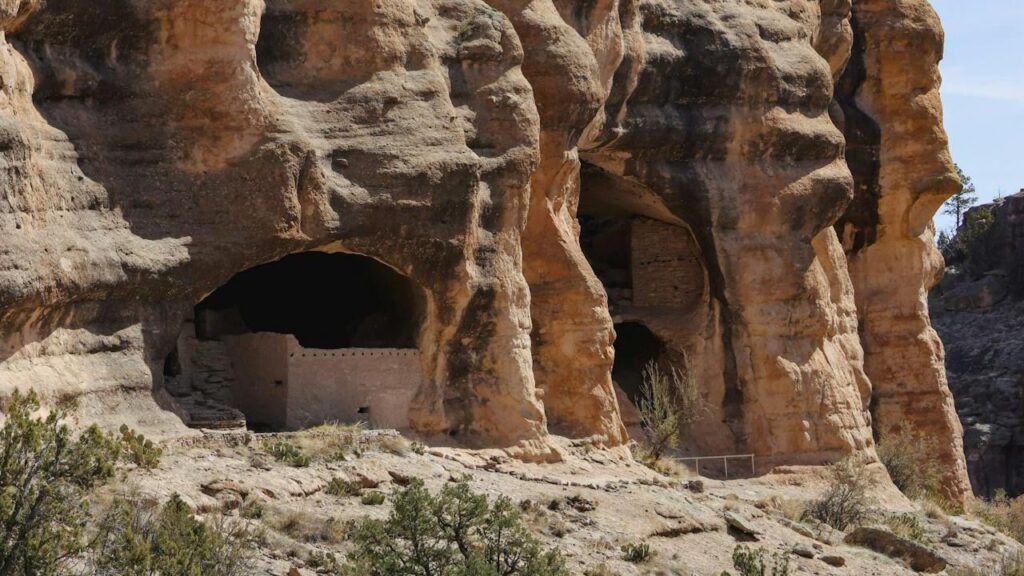
Above a bend in the Gila River, Mogollon families built rooms of stone and adobe framed by pine ridges and sky. A short but steep trail climbs through juniper to alcoves where rangers answer questions and old wood beams still hold their form. Touch nothing, step lightly, and feel the cool shift as you pass from sun into shade. Make it a full day with nearby hot springs and slow forest roads. The remoteness explains why this refuge endures.
7. Bandelier’s Alcove House, New Mexico
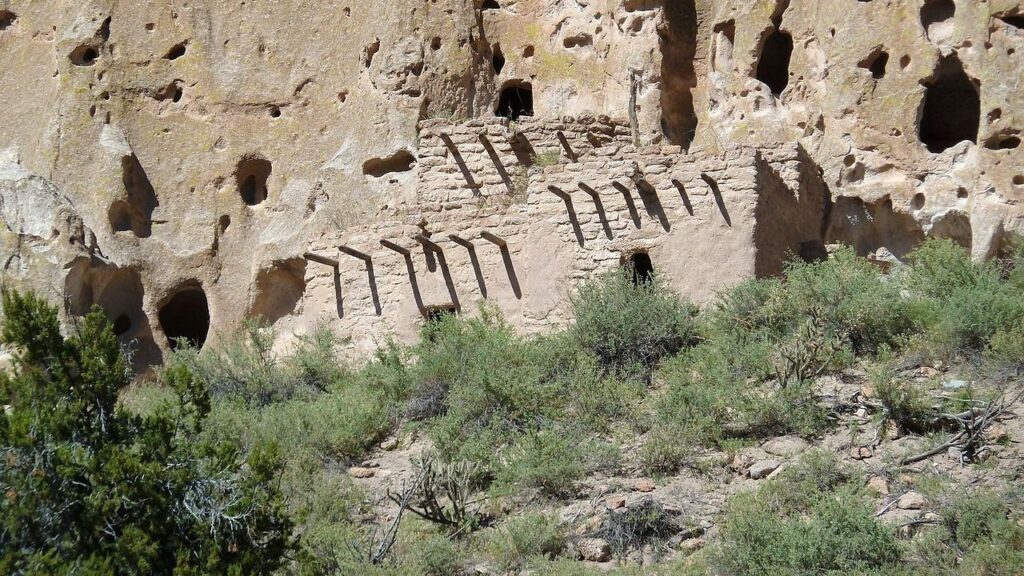
Soft volcanic tuff holds thousands of hand carved cavates and masonry rooms along Frijoles Canyon. Alcove House sits 140 feet up, reached by ladders that focus your mind and reward you with a cool chamber and a kiva tucked from heat. Trace petroglyphs above cliff faces, then circle Tyuonyi beside the creek to see the ground level village plan. Arrive early, watch for quick summer storms, and treat every carved step as a fragile record of daily life.
8. Walnut Canyon, Flagstaff, Arizona
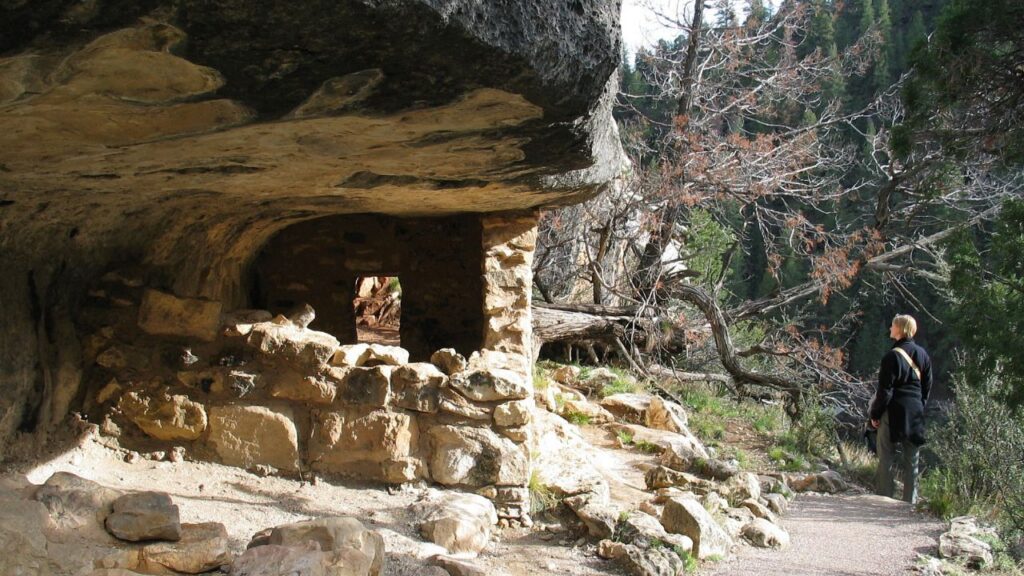
The Island Trail loops around a narrow limestone butte, passing Sinagua dwellings that cling to ledges like swallows’ nests. Windows open to a canyon stitched with juniper and pinyon, and you start to see how shade, exposure, and water guided where people built. Stair climbs at altitude can bite, so carry water and pace your steps. Read the panels, then stand quietly and imagine winter fires, rim gardens in summer, and families watching storms roll the gorge.
9. Tonto National Monument, Roosevelt Lake, Arizona
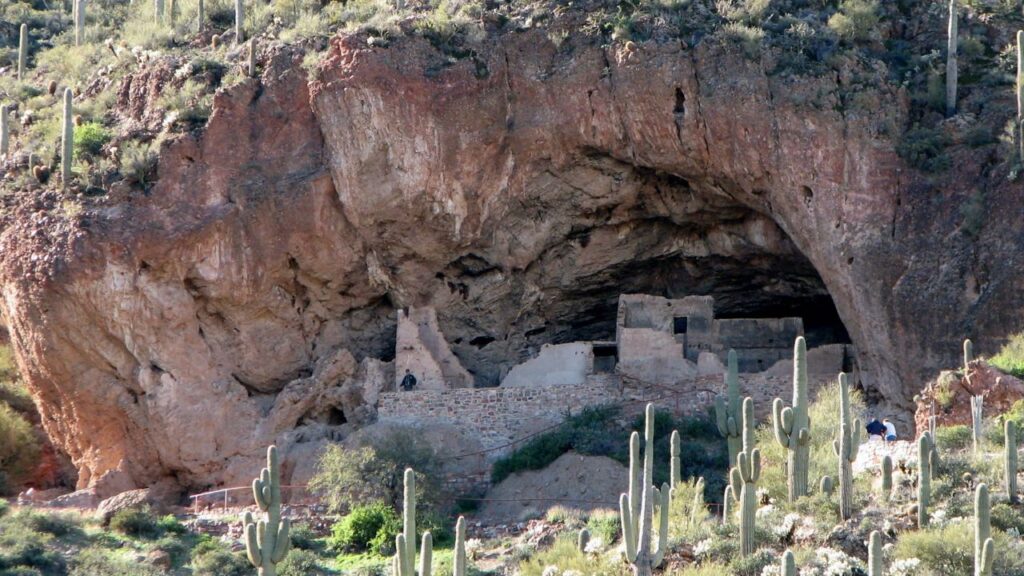
Above blue water and saguaro, Salado people built cliff homes that catch every breeze. The Lower Cliff Dwelling trail rises to an alcove where plastered walls, metate grooves, and soot preserve a snapshot of daily life. Entry with a ranger keeps the site intact and the story grounded. Hike in cool morning light, bring extra water, and let the view explain why a shaded, defensible perch made sense in dry country. The desert reads differently from up here.
10. Cuarenta Casas, Chihuahua, Mexico
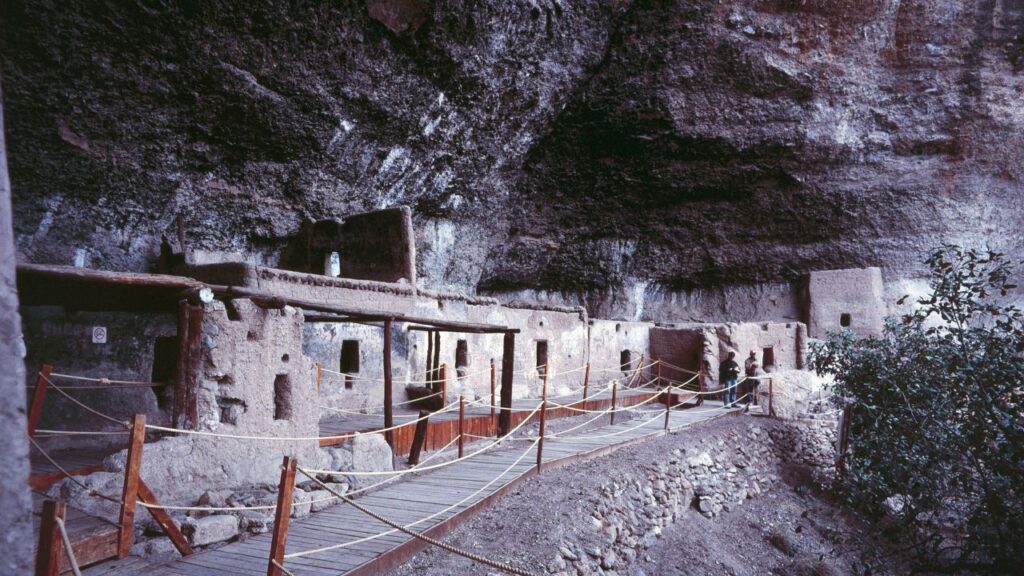
In canyons near Madera, Cuarenta Casas hides in caves cut high into a cliff, with multichamber structures standing behind protective walls. A ridge path leads to a vantage where doorways and rooflines appear at once, warm against the rock. Built by Mogollon related peoples, the settlement guarded routes through the Sierra Madre and kept harvests safe from flood and heat. Go with a local guide, watch footing on loose gravel, and leave time to sit and listen.
Other Blog Posts You Might Enjoy
www.idyllicpursuit.com (Article Sourced Website)
#Cliff #Dwellings #Americas #Feel #Frozen #Time #Idyllic #Pursuit
